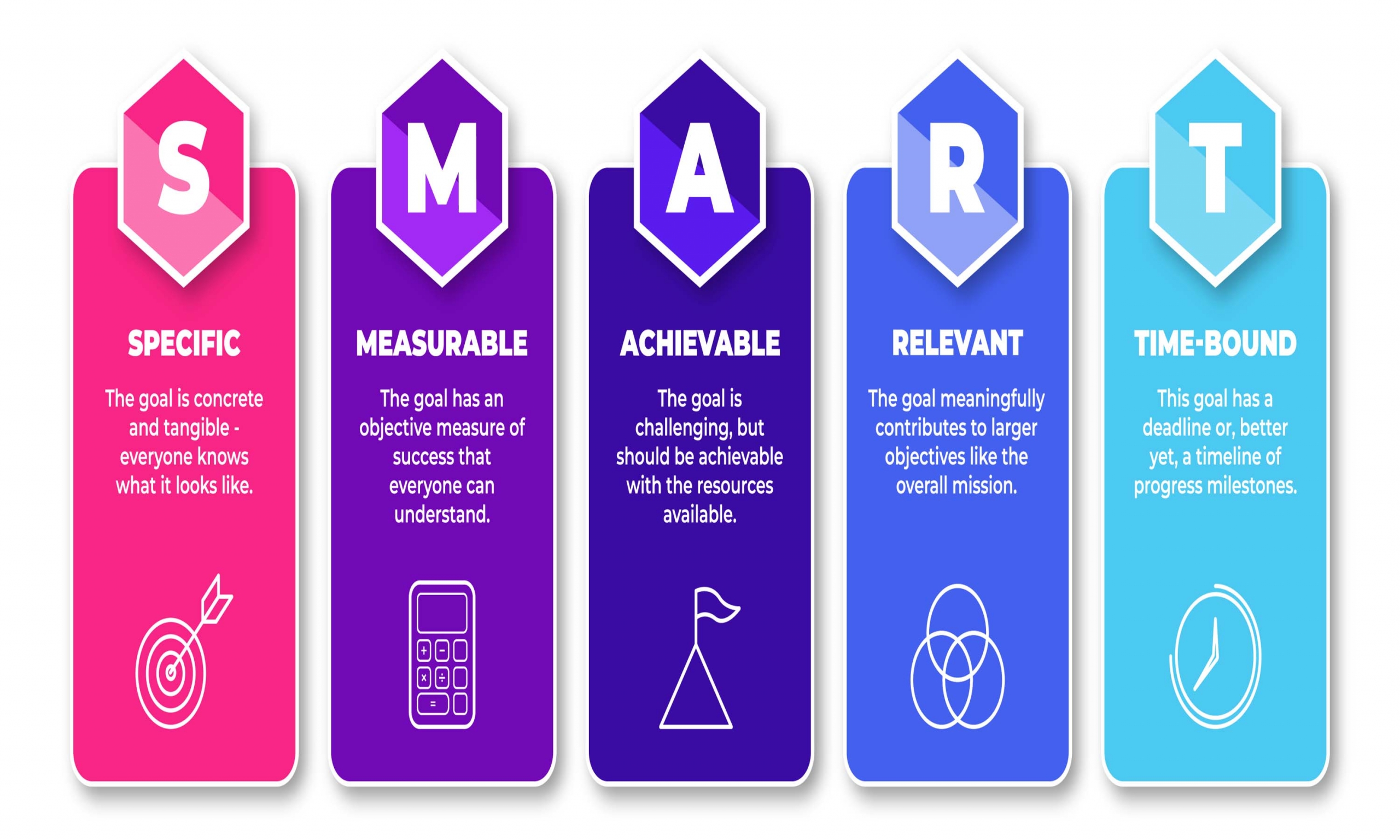Convey the Concept through a Warm Human Storyteller
Lately, brands increasingly prioritize people as the voice of their value, Robert Rose writes in “Trust the Story, or the Storyteller?‘
“Storytelling is a powerful marketing tool that can be used to connect with customers on an emotional level, build trust and credibility, and ultimately drive sales,” Oxford Academic agrees, naming three reasons stories are so important a part of content marketing:
- Stories evoke emotions – empathy, joy, sadness, anger.
- Stories offer a glimpse into your values and beliefs.
- Storytelling gives your brand a unique personality. There are many different types of stories that can be used to connect with customers, the authors point out, including brand stories, customer experience stories, employee experience stories, customer testimonial stories, and case studies. No matter the type of story, the point is to use vivid language to help readers visualize the event or happening.While it’s true that stories help us remember, that’s not good enough, Joe Lazuskas explains – they have to make us care. Your stories need to talk about why you come to work every day, and about what you believe the future of your industry ought to look like. Two particularly important elements of a story are:
a)Relatability – you’re telling the story of a person similar to the target reader. b) Fluency – Realistically, Lazuskas reminds us, most U.S. adults can’t read at even a high school level; we need to keep a low barrier to entry between the audience and the story level.As a content marketer at Say It For You, I can never forget an article I read years ago about an experiment performed at Stanford University. Students were each asked to give one-minute speeches containing three statistics and one story. Later, students were asked to recall the highlights in each other’s talk. Only five percent of the listeners remembered a single statistic, while 63% were able to remember the story line.
To convey marketing concepts, use a warm, human storyteller!






Follow us online!